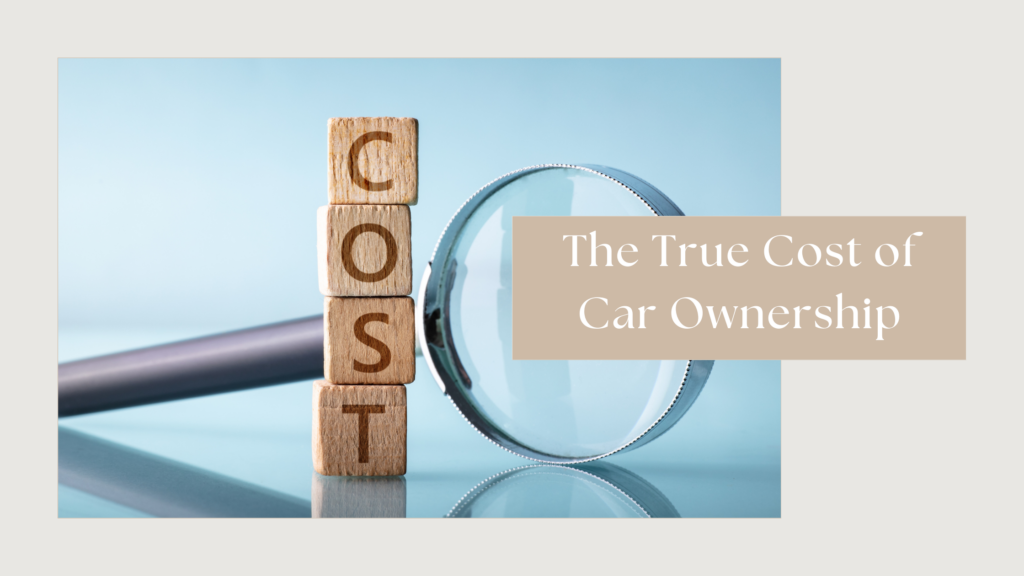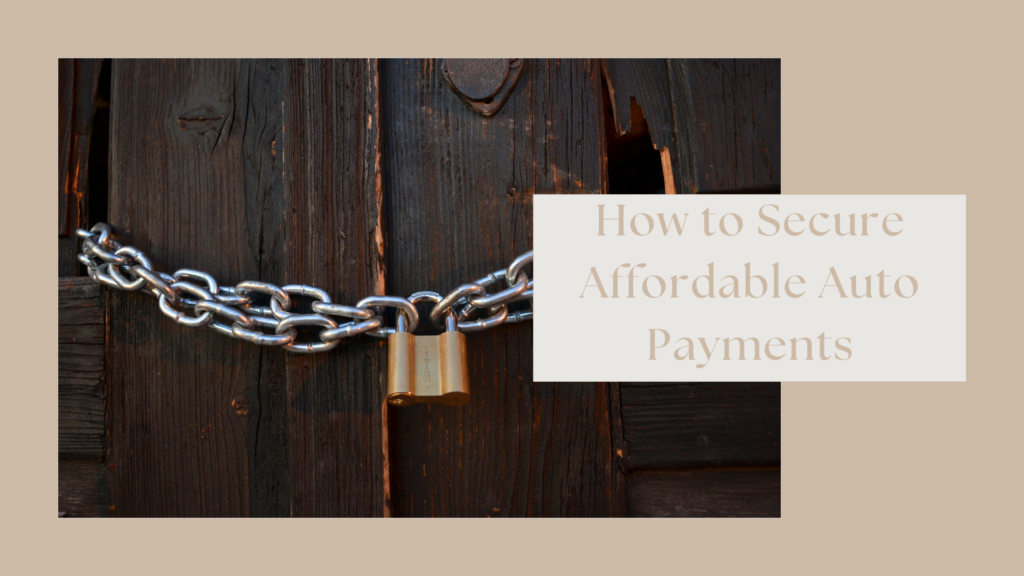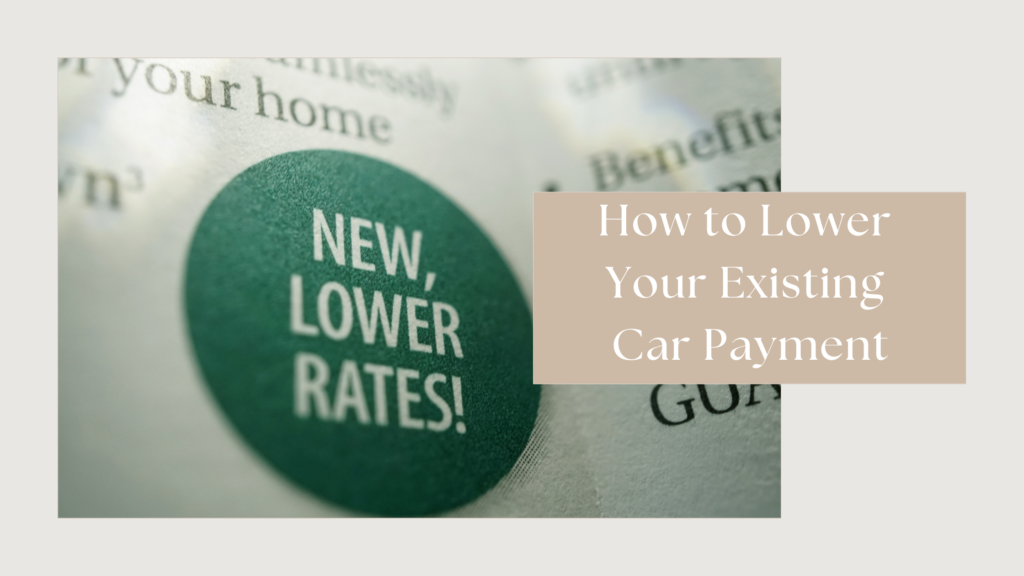
Affordable Auto Payments: How to Save Money with Less Stress
Why Affordable Auto Payments Matter
Buying a car is one of the most significant financial commitments many Americans make. Yet, too often, people end up with a car loan that stretches their budget too thin. Just because a lender or dealership tells you that you “qualify” for a loan doesn’t mean the monthly payments will fit comfortably within your financial plan. That’s why it’s crucial to focus on affordable auto payments—ensuring that your car fits within your budget and doesn’t lead to financial hardship.
When considering a vehicle purchase, it’s essential to take a comprehensive look at all the associated costs—not just the sticker price. Failing to plan can lead to excessive debt, repossession, or long-term financial strain.
In this guide, we’ll break down the true cost of car ownership, offer smart strategies for affordable auto payments, and show you how to make informed financial decisions when buying a vehicle.

The True Cost of Car Ownership
Many buyers focus solely on the monthly car payment, but vehicle ownership comes with hidden costs that add up quickly. Here are the primary expenses you should factor into your budget:
1. Auto Insurance and Its Impact
Auto insurance premiums vary based on:
– Your driving history
– Location
– The type of vehicle you purchase
– Your credit score (in some states)
Luxury and high-performance vehicles typically cost more to insure, while older, more fuel-efficient cars often come with lower premiums. To save money, shop around and compare insurance quotes before purchasing a car.
2. Fuel Costs and Budgeting
Gas prices fluctuate, and fuel efficiency significantly affects how much you spend at the pump. If you drive frequently, a fuel-efficient or hybrid vehicle could save you thousands of dollars over time.
3. Maintenance & Repairs: A Key Factor
Every car requires routine maintenance, including:
– Oil changes (every 3,000-7,500 miles)
– Tire replacements (every 30,000-60,000 miles)
– Brake pad changes
– Battery replacements
Unexpected repairs—such as transmission failure or engine issues—can cost thousands. Setting aside a vehicle maintenance fund can help cover these expenses without relying on credit cards or high-interest loans.
4. Registration & Taxes: Hidden Costs
Each state has different rules regarding vehicle registration fees and taxes. Some states charge flat fees, while others base costs on vehicle value, weight, or fuel efficiency. Before buying, research your state’s requirements to avoid surprises.

How to Secure Affordable Auto Payments
Instead of jumping into a car loan that leads to financial stress, consider these smart strategies to keep your car payments affordable.
1. Save for a Larger Down Payment
A larger down payment reduces the amount you need to finance, lowering your monthly payments and total interest paid. Ideally, aim for at least 20% of the purchase price to minimize long-term costs.
Tip: If you’re struggling to save, set up a dedicated “car fund” and contribute a fixed amount each month.
2. Choose a Vehicle That Fits Your Budget and Keeps Auto Payments Affordable
Avoid impulse buying or choosing a car based on luxury features. Instead, focus on:
– Reliability – Check reviews and reliability ratings on trusted sites like Consumer Reports
– Fuel Efficiency – Look for models with excellent MPG ratings
– Depreciation – New cars lose up to 20-30% of their value in the first year. Consider buying a certified pre-owned (CPO) vehicle for better value.
3. Set Up a Vehicle Savings Fund to Manage Affordable Auto Payments
One of the best ways to reduce stress when buying a car is to prepare for it in advance. By setting aside money each month, you can:
– Pay for your next car with cash
– Have a larger down payment
– Cover unexpected repairs and maintenance
This proactive approach prevents reliance on credit cards or emergency loans when car expenses arise.
4. Consider Your Loan Terms Carefully
Many dealerships push longer loan terms (such as 72 or 84 months) because they result in lower monthly payments. However, longer terms mean:
– More interest paid over time
– A higher chance of owing more than the car is worth
– Being stuck in debt for years
Best Practice: Stick to a 36- or 48-month loan whenever possible to minimize interest costs and financial risk.
5. Consult a Financial Professional Before Purchasing to Ensure Affordable Auto Payments
Before signing on the dotted line, consult a financial expert—like Debt Medic USA—to ensure your car purchase aligns with your long-term financial goals.
A debt relief specialist can help you:
– Assess your budget
– Evaluate financing options
– Determine if the car loan is truly affordable
– Provide debt-reduction strategies if you’re already struggling with high car payments

How to Lower Your Existing Car Payment and Secure Affordable Auto Payments
If you’re currently struggling with high car payments, here are three strategies to reduce your financial burden:
1. Refinance Your Auto Loan for Lower, More Affordable Auto Payments
Refinancing allows you to secure a lower interest rate, reducing your monthly payments. This option is best if:
– Your credit score has improved since taking out the loan
– Interest rates have dropped
– You have a short-term loan but need a lower payment
Check rates with reputable lenders or credit unions to compare refinancing options.
2. Trade Down to a More Affordable Vehicle to Reduce Auto Payments
If your car payment is unaffordable, consider selling or trading it for a cheaper model.
– Sell your car privately for more money
– Trade it in for a lower-cost used vehicle
– Switch to public transportation if possible to save money
3. Negotiate Lower Insurance Rates
Auto insurance is a major expense. Reduce costs by:
– Raising your deductible
– Bundling home & auto insurance
– Shopping around for better rates
– Asking about low-mileage or defensive driving discounts
Even a small reduction in premiums can free up extra cash for other expenses.
Final Thoughts
Owning a car should enhance your life, not create financial stress. By planning ahead, making informed decisions, and keeping the total cost of ownership in mind, you can enjoy your vehicle without being burdened by debt.
Need help managing your finances? Contact Debt Medic USA today to create a smart, stress-free financial strategy.
